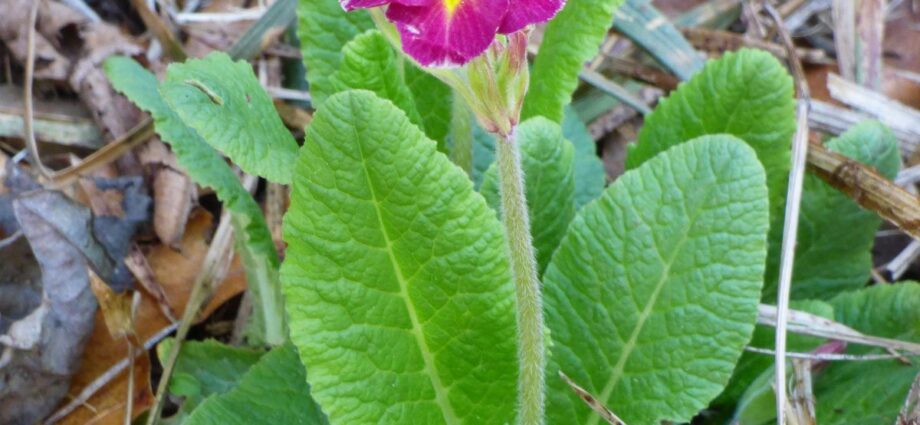Primrose – planting and care
Primrose is a primrose, which is one of the first to decorate areas in early spring. For the successful flowering of the plant, the gardener should know the features of planting primrose and caring for it. Some varieties of this flower are so unpretentious that they can grow on lands unsuitable for growing other crops. And if you give them maximum care and attention, you can enjoy the bright colors of flowers throughout the spring and summer period.
Planting primrose in open ground
Experts recommend planting primrose seedlings in open ground in the second year of growth. The best time for spring planting is the second half of May. Primrose does not like direct sunlight and grows well in the shade of shrubs or buildings. Although unassuming, it blooms best on loose, light, well-drained soils. It is desirable to add sand and organic matter to heavy clay soil.
When planting primrose in open ground, soil care consists in loosening and watering it
The primrose planting process is as follows:
- Pour a handful of compost into the prepared holes and spill it well with water.
- Carefully place the primrose roots at the bottom of the hole and sprinkle with soil.
- Lightly compact the soil around the flower and cover it with dry grass or tree bark mulch.
In order for the seedlings to quickly adapt to new conditions, cover the plantings with plastic for the first three days. If there is a possibility of cold nights, flowers should be insulated in the evening with a covering material. When planting, you need to take into account that the primrose does not like free space, so the distance between the seedlings should be no more than 20 cm.
Taking care of the primrose growing in your garden is very simple, just follow these guidelines:
- The soil in the flowerbed should always be slightly damp. During dry periods, the frequency of watering should be increased.
- After watering, it is recommended to loosen the soil and clear it of weeds. The soil surface should be mulched as needed. The roots of primrose can be exposed over time, so they need to be poked up so that they do not dry out.
- Top dressing with organic fertilizers has a very beneficial effect on the flowering of the plant. It is also recommended to use diluted phosphate-potassium fertilizers.
- For the winter, primrose needs shelter. For insulation, you can use coniferous branches or straw.
- Every 4-5 years it is necessary to separate the overgrown bushes, otherwise the flowers become small. And also experts recommend changing the place of the flower garden at least once every 1 years.
The popularity of primrose is due to the variety of varieties and colors of the plant. Combining them with each other or including other types of flowers in the composition, you can create a landscape design of amazing beauty. So for decorating garden and backyard plots, primrose has become simply an indispensable element of decor.










